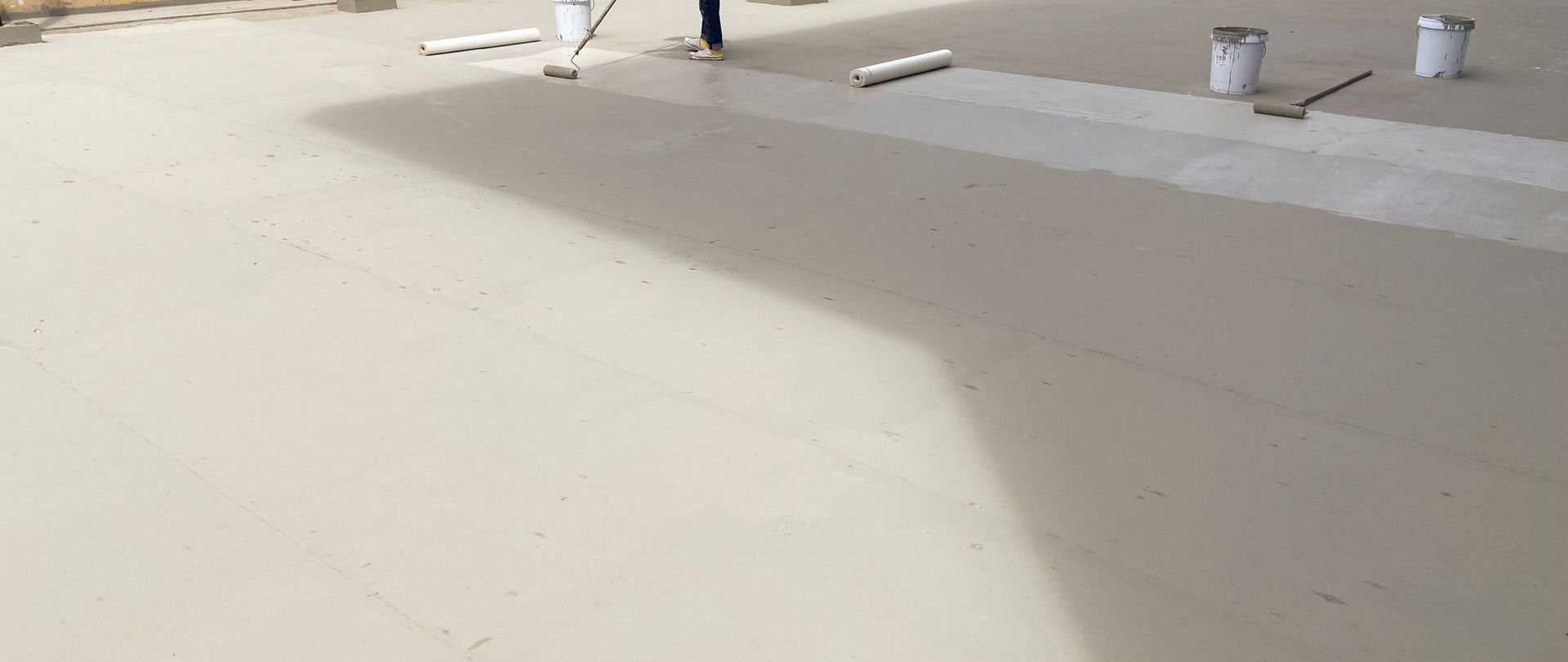Why Ponding Water Is More Dangerous Than You Think
DM Roof Restorations explains how standing water on commercial roofs threatens your building’s structure, safety, and bottom line.
If you own or manage a commercial building in Southern Wisconsin or Eastern Iowa, chances are your facility has a flat or low-slope roof. These systems are common across warehouses, retail centers, industrial buildings, and even schools. But with them comes a notorious—and often underestimated—risk: ponding water.
At DM Roof Restorations, we routinely inspect and restore commercial roofs across the region, and we’ve seen firsthand the damage that standing water can cause. What looks like a harmless puddle today could become a structural liability tomorrow. Here’s why ponding water is more dangerous than most building owners realize—and what you can do about it.
What Is Ponding Water?
Ponding water is any water that remains on a roof surface for more than 48 hours after the most recent rainfall. It typically forms due to poor drainage, sagging insulation, or improper roof design. Flat roofs, by design, are more susceptible to water retention because they lack the natural slope that promotes runoff.
The Hidden Dangers of Standing Water
1. Accelerated Membrane Deterioration
Roofing systems like TPO, EPDM, and PVC are designed to handle occasional moisture—but not prolonged exposure. When water sits in the same place day after day, it breaks down the membrane’s protective layers, leading to cracks, blisters, and eventual leaks.
2. Structural Load and Stress
Water is heavy—roughly 5 pounds per square foot per inch of depth. Over time, this added weight can cause deck deflection, insulation compression, and even structural sagging, particularly in older or wood-frame buildings.
3. Increased Risk of Roof Collapse
In winter, ponding water can freeze, adding even more weight to the roof structure. In severe cases—especially following a snowfall—this can push an already compromised system past its breaking point.
4. Mold, Algae, and Vegetation Growth
Warm, standing water becomes a breeding ground for algae, mildew, and mold, which can migrate into the building’s interior. Over time, this impacts indoor air quality and may lead to costly remediation.
5. Voided Warranties and Compliance Issues
Many roofing material warranties contain fine print about ponding water. If left unresolved, insurers and manufacturers may refuse to honor coverage—leaving you with the full bill for repairs.
What Causes Ponding in the Midwest?
In Southern Wisconsin and Eastern Iowa, ponding is usually the result of:
- Clogged or undersized drains and scuppers
- Insulation settlement under the membrane
- Poorly executed slope or taper design during construction
- Freeze-thaw cycles that warp the roofing surface
- Neglected maintenance on aging roof systems
With our region’s mix of cold winters, spring thaws, and high rainfall seasons, local commercial roofs take a beating—and ponding is often the first sign something’s wrong.
How DM Roof Restorations Solves the Problem
Our team specializes in commercial roof diagnostics and restorations, and we offer proven solutions tailored to flat and low-slope systems:
- Infrared Moisture Scans to identify water intrusion beneath the membrane
- Tapered insulation retrofits to promote drainage
- Drain and scupper upgrades for efficient water removal
- Protective roof coatings to reinforce weak areas and extend roof life
- Scheduled maintenance plans to catch issues before they escalate
Every building is different—which is why our recommendations are based on a thorough onsite evaluation.
Don’t Wait Until It Leaks
Ponding water isn’t just a maintenance issue—it’s a warning sign. Ignoring it can lead to structural failure, business disruption, liability risks, and avoidable repair costs.
If you’re seeing standing water on your commercial roof—or if your last inspection was more than a year ago—contact DM Roof Restorations today. We proudly serve businesses throughout Southern Wisconsin and Eastern Iowa, helping owners protect their facilities with expert assessments, smart repairs, and long-lasting roof solutions.
Let’s fix the problem before it becomes a disaster. Call us now to schedule your free roof evaluation. Your building—and your budget—will thank you.


